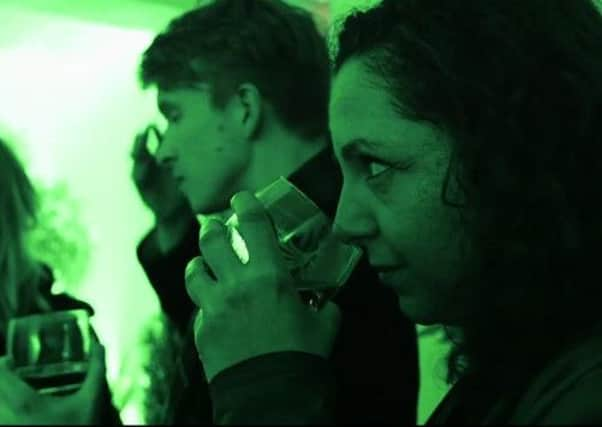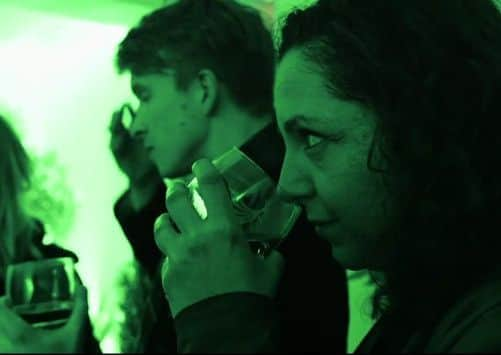Whisky: Surroundings can change taste by 20%


Professor Charles Spence from the University’s Experimental Science department led an experiment which saw subjects taste The Singleton Single Malt whisky in a bar specially designed to enhance certain qualities in the drink.
Dubbed the Singleton Sensorium, the experimental bar featured three rooms;
Advertisement
Hide AdAdvertisement
Hide Ad• A ‘green’ room - the floor was turfed, green lights were used, and the room was filled with the sounds of lawnmowers and birds chirping


• A red ‘fruity’ room, with a focus on curved shapes and chiming bells
• A ‘wood’ room clad in timber panels, with a bass-heavy soundtrack and a tree in the centre of the room
Each of the rooms were found to enhance various elements of the nose, taste and finish of the Singleton.
Tasters in the green room reported a stronger sense of the whisky’s grassy nose, the red room succeeded in amplifying the dried fruit flavours in the whisky, and the wooden room enhanced the cedar finish of the whisky in the participants’ minds.
Professor Spence’s full study was published in the scientific journal Flavour.
• Watch the video to hear more from Professor Spence and Condiment Junkie, the ‘sensory architects’ behind the rooms themselves